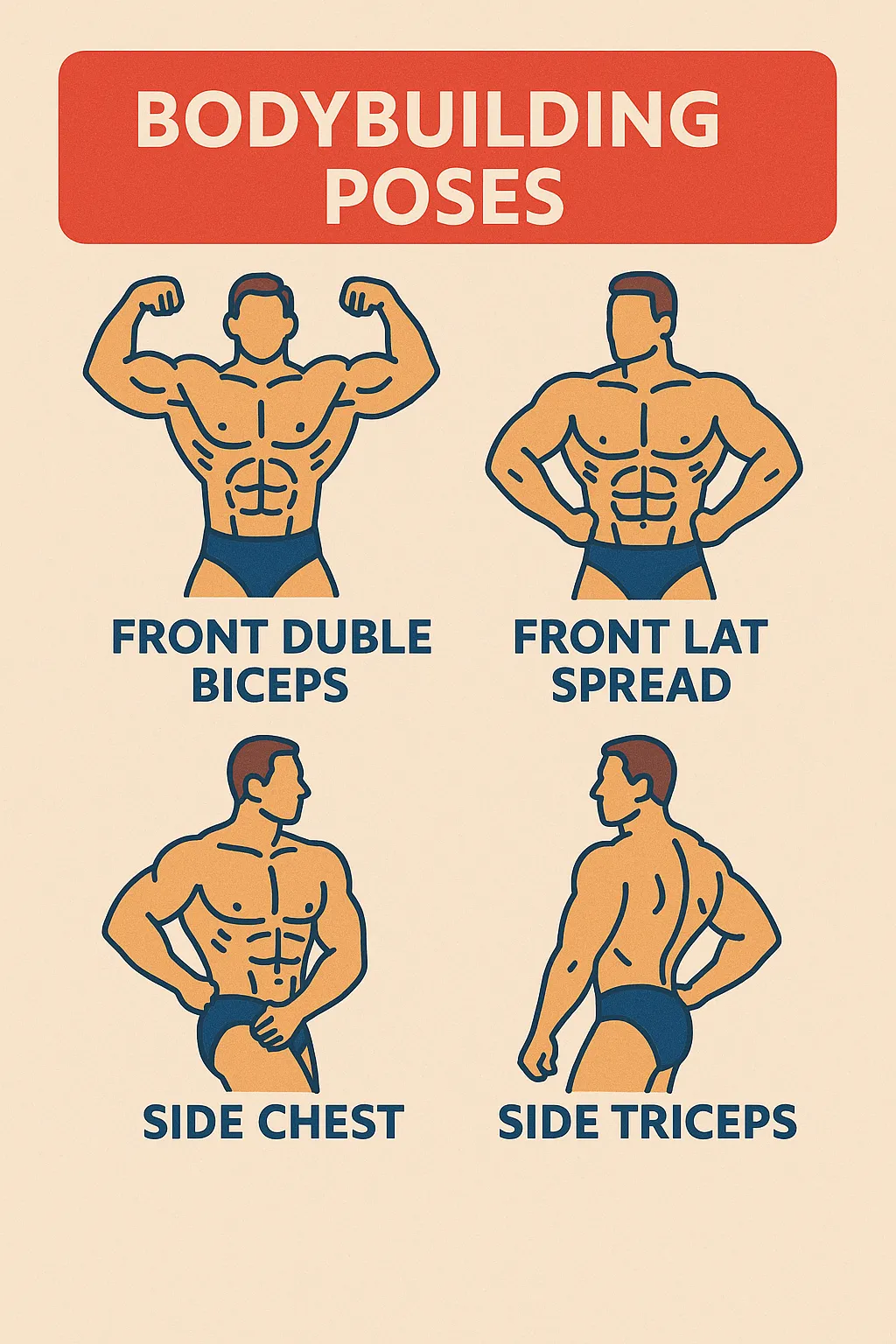Knowing the various types of exercises can help you reach your fitness objectives and improve the effectiveness of your routine. Two of the most popular types of exercises are isometric and isotonic.
Each has a unique set of advantages and uses, and they can all be great additions to a fitness program. We will discuss the advantages of both isometric and isotonic exercises in this post, as well as which one may be more beneficial for your fitness goals.
Isotonic Exercise: What Is It?
Isotonic exercise requires muscles to resist weight through a range of motion while changing muscle length. Both concentric and eccentric muscle contractions are a part of isotonic exercise:
• Concentric Contractions: Muscles that shorten or contract, like when you lift a dumbbell for a bicep curl, produce concentrated contractions.
• Eccentric Contractions: When muscles are lengthening under load, such as when you gradually lower the weight back down.

Isotonic Exercise Examples
Numerous isotonic exercises fall into different categories, such as:
• Aerobic Exercises: Dancing, swimming, running, and walking.
• Resistance Training Exercises: Squats, push-ups, pull-ups, bench presses, and deadlifts.
• Daily Tasks: Mowing the lawn, gardening, and housecleaning are also considered isotonic exercises.
Isotonic exercise doesn’t have to be dull; it can be thrilling and pleasurable, giving you the required physical effort while letting you have fun.
Benefits of Isotonic Exercise
• Improved Cardiovascular Health: Isotonic exercise increases oxygen consumption, heart rate, and cardiac output, reducing the likelihood of heart disease.
• Improved Muscle Strength: Regular isotonic training develops stronger and larger muscles, avoiding damage from strains or falls.
• Increased Bone Density: These exercises create repetitive stress, which encourages the growth of new bone and makes bones stronger.
• Calorie Consumption: Isotonic exercises can raise blood sugar and cholesterol levels while consuming calories.
Isometric Exercise: What Is It?
Conversely, isometric exercises require you to stay motionless while using your muscles without moving your joints. This type of exercise activates the tendons and fixes the length of the muscles.
Isometric exercises have special applications, particularly in stabilization and rehabilitation, even though they might not be as good at increasing strength or speed as isotonic exercises.
Isometric Exercise Examples
Typical isometric exercises include:
• Wall Sits: Sitting with your back to a wall.
• Planks: A push-up position where the core is engaged.
• Bridges: Lying on your back, raising your hips, and maintaining the pose.
• Yoga Poses: Isometric holds are used in many yoga poses.
Isometric exercises offer a different kind of muscle activation and can be a great way to mix up workouts.
Benefits of Isometric Exercise
• Joint-Friendly Exercise: Because isometric exercises are easy on the joints, they are perfect for people with arthritis or injuries.
• Space-Efficient: Isometric exercises are easy to perform at home and take up little room.
• Strength Maintenance: Isometric workouts help increase and preserve bone density and muscle strength.
• Health Benefits: Isometric movements, like isotonic exercise, can reduce blood pressure and cholesterol.
Which Is More Beneficial: Isometric or Isotonic?
The best kind of exercise for you will depend on your condition and goals. Some of the requirements are as follows:
Objectives
Body Building
Because of their dynamic movement and capacity to work muscles through their entire range of motion, isotonic exercises are typically superior when your main goal is to increase muscle mass.
Rehabilitation
Isometric exercises can be more helpful when recovering from an injury or trying to stabilize weak joints because they let you build muscle without overstressing your joints.
Beginners’ Fitness Level
Isometric exercises can be an excellent starting point for people who are new to exercising because they can help establish a foundation of strength while lowering the risk of injury.
Elite Athletes
To improve performance and muscle definition, seasoned individuals might find it helpful to combine both kinds of exercises.

Equipment and Space
Exercises at Home
Isometric exercises can be done practically anywhere with little to no equipment if you’re short on space or equipment.
Gym Access
Because isotonic exercises frequently call for weights or machines, they are better suited for gym environments.
Variety and Pleasure
Your workouts can be more enjoyable and engaging if you incorporate a combination of isometric and isotonic exercises. Including activities that you enjoy is crucial because enjoyment translates into sticking with an exercise program.
Exercises that are both isotonic and isometric have advantages that can support your fitness regimen. Isometric exercises provide a low-impact alternative for stability and strength maintenance, and isotonic exercises are ideal for cardiovascular health and muscle growth.
The ideal strategy is to incorporate both forms of exercise into your routine, adjusting it to your personal preferences, fitness level, and goals. You’ll guarantee a comprehensive program that enhances strength, stamina, and general health by doing this.
Enjoy the process of becoming a stronger, healthier version of yourself by starting to include these exercises in your workouts right now!







